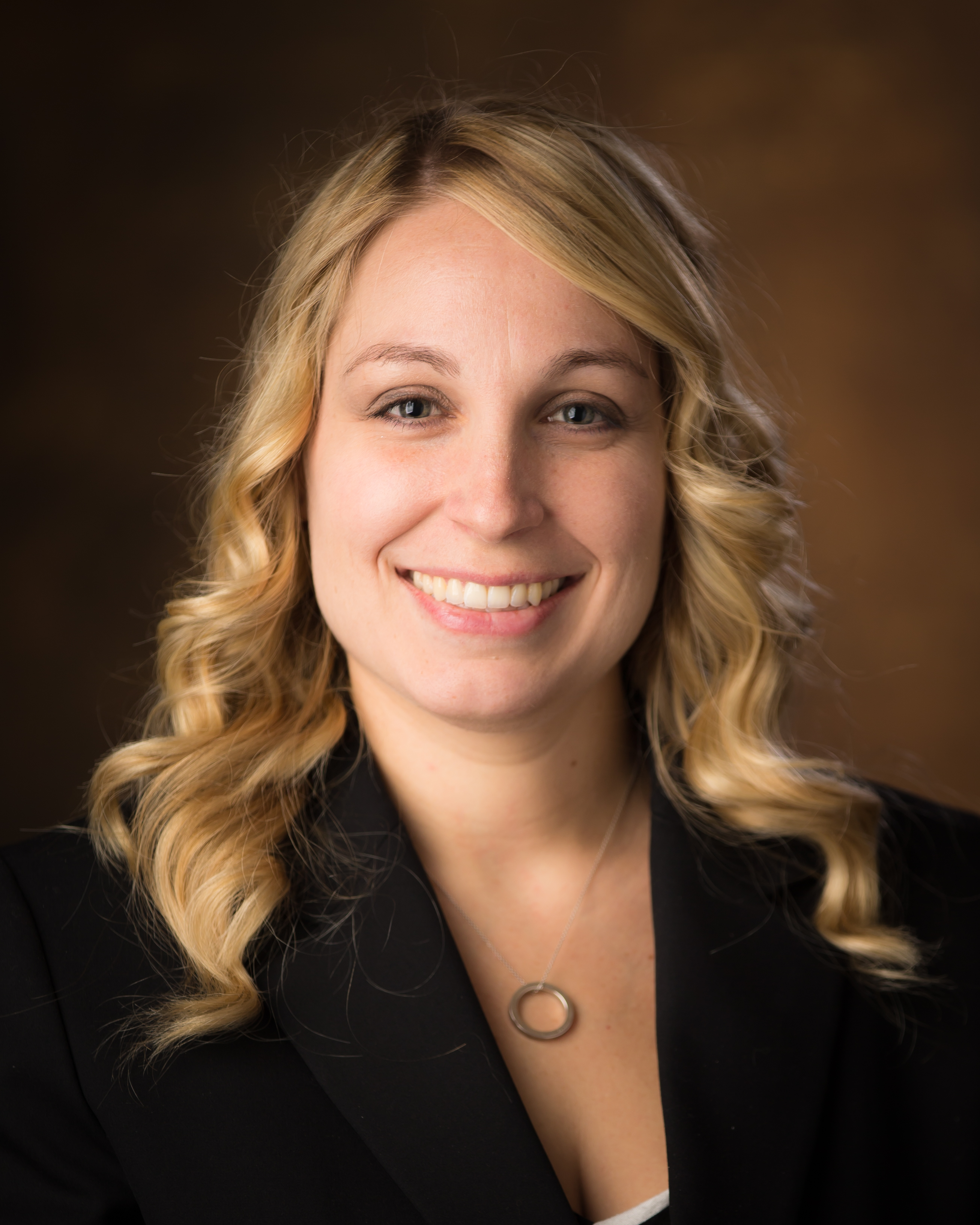
The Missing Metric: Why Measuring Impact Return Is Essential to Ending Energy Poverty
By Jesse Colman, Richard Stuebi, and Nalin Kulatilaka
A recent field study by scholars at the Mehrotra Institute highlights both (1) the promise of solar energy solutions in bringing electricity to rural communities not served by utility grids in developing economies around the world and (2) the persistent obstacles that private enterprises face in delivering these solutions to customers.
While commercially-viable products and business models have been developed to provide solar energy solutions to rural households without access to the electricity grid – even to customers with very low incomes – the flow of capital to deploy these solutions remains insufficient. The challenge lies not in the scarcity of capital per se, but in the misalignment between the value created by social enterprises and the metrics used by capital providers to assess return on investment.
We discuss one such social enterprise – Soluz Honduras – and propose a missing link – a concept we term “Impact Return” – that we believe is necessary to align social capital with social value creation. Only by accounting for both financial and non-financial value created by the introduction of solar energy to rural communities can we unlock the capital needed to end energy poverty.
Government failures and missing markets perpetuate energy poverty
In many rural parts of the world, energy poverty continues to be a foundational barrier to human and economic development. The International Energy Agency estimates that over 700 million people live without access to electricity. Without electricity, entire communities are cut off from modern economic participation, educational advancement, and basic health infrastructure.
Even when governments in the developing world understand their responsibility to expand energy access, several factors – fiscal limitations, inefficiencies, corruption, and debt constraints – severely limit public investment capacity. International capital markets, wary of governance risks, are reluctant to lend to such governments. These realities have left vast populations around the world unelectrified.
Private businesses, meanwhile, face their own challenges in attempting to serve this unmet need. Extending the grid to remote, low-income areas is often not economically viable. The infrastructure is expensive, the customer base is small, and returns are uncertain. As a result, conventional energy markets fail to deliver electricity to the most marginalized populations.
For many countries, energy poverty indicates significant social value yet to be capitalized.
Impact investing: a promising but incomplete solution
In response, a growing cadre of impact investors has begun to fill financing gaps in sectors that traditional capital markets can overlook. The Global Impact Investing Network (GIIN) recently estimated that over $1.5 trillion in assets are managed globally under the impact investing umbrella.
Yet this capital has flowed unevenly, and we believe that many opportunities for generating significant impact while also producing financial returns remain significantly underexploited. This is in part because traditional financial analysis fails to capture the full range of benefits that such investments yield.
In the context of solving global energy poverty through the introduction of electricity, the result is a chronic undercapitalization of solar enterprises that serve poor, rural customers. Their success stories are often overlooked, their impacts undervalued.
Soluz Honduras: a case study in overcoming challenges
In June 2025, we (Colman and Stuebi) traveled to Honduras to observe the operations of Soluz Honduras, a company founded in 1993 by Questrom MBA alumnus Richard Hansen to bring solar energy to rural Honduran households. In so doing, we gained a deep appreciation of the opportunities for off-grid solar companies to viably serve customers at the base of the pyramid, as well as the challenges such companies must overcome.
Soluz operates in regions where the terrain is rugged, populations are sparse, and public infrastructure is virtually nonexistent. These are the very communities where grid extension remains unlikely for decades to come. Absent a grid, the only way to supply electricity to customers is via stand-alone solar systems, and Soluz’s business model involves offering solar systems tailored to a customer’s needs—from basic kits that power lights and charge phones to more robust systems that enable refrigeration, communications, and small-scale productive use.
From its earliest days, Soluz encountered an obstacle commonly encountered by companies in the off-grid solar field: community members were reluctant to invest in solar systems for their homes because they were told the grid would arrive “soon.” These promises – frequently politically motivated – rarely materialized. To address this, Hansen coined the term “pre-electrification” to describe Soluz’s role: offering reliable electricity now, without waiting years or decades for the utility grid to arrive. This shift in the value proposition resonated, although it still is not easy to sell products to households that generate a few dollars a day of income.
Despite these challenges, Soluz has maintained continuous operations for over three decades – a remarkable achievement in a high-risk, low-margin environment. It has succeeded by designing products for affordability, building long-term customer trust, and innovating financing arrangements that allow low-income households to obtain systems they otherwise could not afford.
Creating social value with blended finance
Soluz’s customers typically cannot afford to pay cash up front for their solar systems. Nor do they have access to credit from traditional financial institutions. Soluz itself lacks the balance sheet to self-finance customer loans at scale.
To bridge this financing gap, Soluz partnered with Kiva, a global microlending platform. Through this partnership, Soluz accesses zero-interest capital from socially motivated lenders worldwide, who “sponsor” the deployment of solar systems to individual customers. Soluz then on-lends to customers at a two percent monthly interest rate – somewhat below the interest rate charged by other microfinance institutions – over an 18-month term. This interest covers administrative costs while allowing Soluz to operate sustainably. Remarkably, the company maintains a loan default rate below 1% – a powerful testament to the value created by Soluz and enjoyed by its customers.
This is a textbook case of blended finance: using philanthropic and concessionary capital to catalyze private enterprise in delivering social impact. The model works. It is replicable. But it has not yet scaled. Though Soluz has reached about 1,000 Honduran households per year for 30 years, the unserved market potential across Honduras is roughly 500,000 households. We assert that a critical reason for this sluggish penetration is that capital providers still fail to appreciate the full value being created.
Understanding total value: financial and non-financial returns
Soluz generates multiple forms of value. On the financial side, Soluz earns revenue through product sales and loan repayments. In turn, Soluz’s revenue enables repayment of capital to lenders sourced through Kiva (as well as to private lenders that provide working capital to Soluz to fund inventory). Customers receive their own financial value, by eliminating recurring costs on kerosene and disposable batteries – and in some cases, by enabling new income-generating activities, from refrigeration for food sales to extended operating hours for local shops.
But much of Soluz’s impact is non-financial. Families enjoy healthier indoor air. The risk of fire is reduced. Children can study after dark. Women report feeling safer in their homes and more empowered. Some families only purchased cell phones once they had in-home solar power. Entire villages benefit from improved communication and commerce. These changes ripple outward – contributing to rural stability, reducing migration to overburdened cities, and enabling broader economic development.
Yet these non-financial benefits remain largely invisible in standard financial analysis. As a result, most traditional capital providers overlook opportunities like Soluz – not because they are unviable, but because traditional financial metrics fail to fully reflect reality.
The need for a new concept: Impact Return
To address this disconnect, we propose a new concept: Impact Return. The overarching concept of Impact Return captures the total value generated per dollar invested—including both financial returns and measurable social, environmental, and community benefits.
Measurement of the non-financial components of Impact Return is not just about adding up outputs like “households electrified” or “tons of CO₂ avoided.” It requires a structured framework that connects outcomes to investor motivations. For philanthropists, this may mean stories of lives improved. For impact investors, it could involve key performance indicators such as repayment rates, income changes, or education gains. For traditional investors, it may focus on operational performance and risk-adjusted returns, potentially augmented by guarantees or first-loss capital.
The goal of the Impact Return concept is not to convince every investor to value every impact equally, but to make these impacts explicit and easily comparable. Only then can capital flow efficiently to where it is most productive – depending upon how the capital provider defines “productive”.
Toward a framework for measurement
The next phase of our work involves developing and piloting an Impact Return framework. We envision a framework that integrates rigorous financial metrics with credible social impact indicators. The framework must be flexible enough to accommodate different investor types, but standardized enough to facilitate comparison across projects and enterprises.
This is not a simple task. Measuring non-financial outcomes requires data, partnerships, and methodological clarity. It also requires trust – between enterprises, investors, and communities. But it is possible. Other fields, such as global health and education, have made tremendous progress in impact measurement. The same can be done for energy access.
Impact Return succeeds when social enterprise growth capital is unexceptional
Soluz is not alone. Other off-grid solar companies – such as M-KOPA, d.light, and Bboxx – have also blended diverse capital sources to serve poor communities in dozens of developing nations around the world. Their success rests not just on technology or logistics, but on their ability to match financing structures to investor expectations.
Yet even these companies struggle to attract sufficient growth capital. The social value they generate may be immense, but under-quantified. As a result, capital remains concentrated in lower-risk, higher-yield sectors.
By advancing a framework for Impact Return, we believe that we can change this. We can ensure that rural electrification in developing economies around the world is not an act of charity, but instead a legitimate investment category. We can create incentives for innovation in financing. And we can empower entrepreneurs who are solving some of the world’s toughest problems with little support.
Conclusion: measuring what matters
Ending energy poverty is less a technical challenge than a financing challenge. Success relies on re-imagining how we measure success. We need a more complete understanding and measurement of value creation.
Soluz Honduras offers a model. It proves that rural energy access can be commercially viable and socially transformative. To work well in other countries, the Soluz model may need to be adapted to account for different geographies, terrain, weather, crops, economies, governments, and cultures. But to scale any business model for providing rural energy access solutions, we need to rewire how capital evaluates return.
Impact Return is not a panacea. But it is a start. By building tools that capture the full spectrum of returns – financial and otherwise – we can unlock the capital needed to bring electricity to hundreds of millions of people.
We invite investors, practitioners, and researchers to join us in developing the Impact Return framework and its application to the energy access challenge. Together, we can illuminate the path out of energy poverty – and toward a more inclusive and sustainable global economy.



